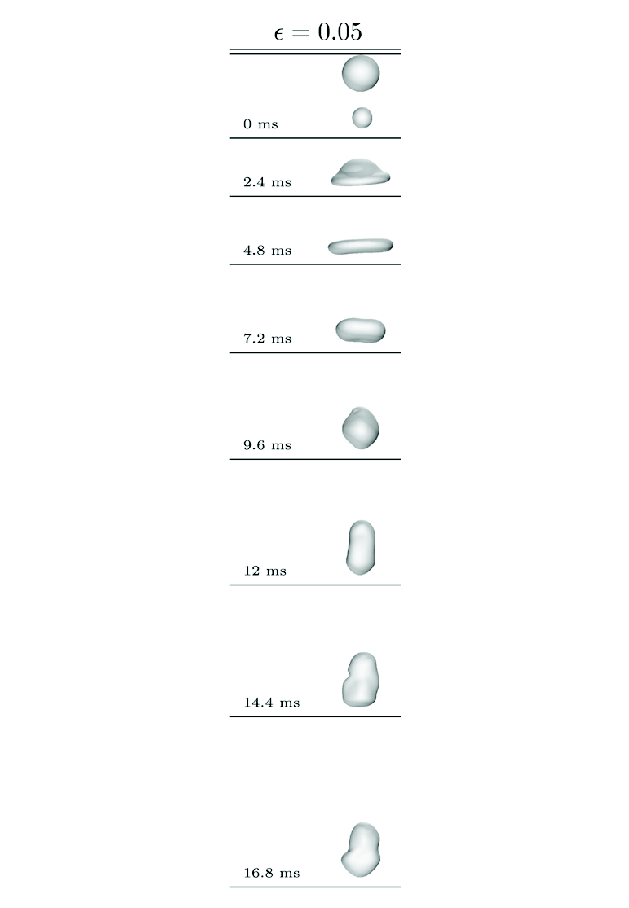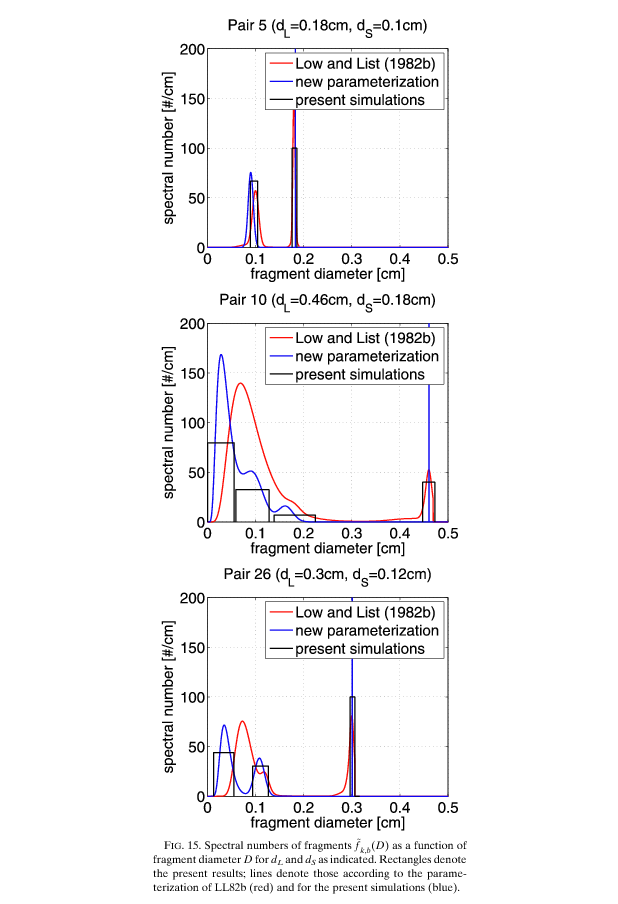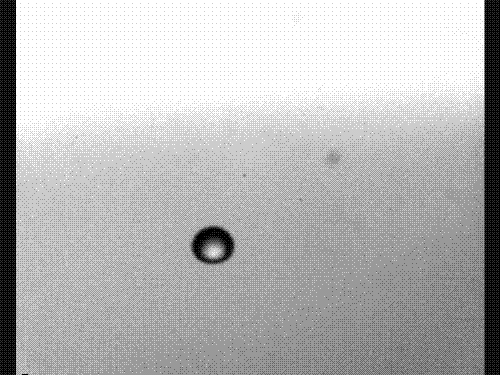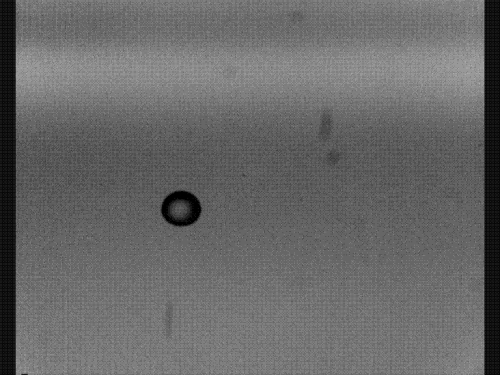The maximum diameter of raindrops is approximately 6 mm. From this observational experience it is concluded that a mechanism exists limiting the sizes of raindrops. It is currently assumed that this mechanism is collision-induced breakup. In the past this process has been investigated by only very few laboratory experiments taking into account a very limited number of drop pairs of various size. Thus the resulting breakup characteristics, as number of fragment droplets and their size distributions which have been the basis of all numerical simulations concerning this mechanism, rely on a very small sample. In contrast, nowadays sophisticated computational fluid-dynamics (CFD) programs are at hand which allow DNS simulations of mechanisms as those mentioned with great an accuracy and for a very large range of parameters as the sizes of the colliding raindrops. Such a program is the DNS-CFD code FS3D (free surface in three dimensions) of the Instituts für Thermodynamik der Luft- und Raumfahrt, Universität Stuttgart , considering incompressible and multiscale two-phase fluid motions with free surfaces. Using FS3D collision-induced breakup of binary collisions of drops having different sizes is investigated and these results are compared to those of the older laboratory measurements. Compared to the lab measurements the range of drop radii has been largely extended with emphasis on eccentric collisions.
|
Fig 1:
(Click image for larger version) |
 |
|
Fig 2:
(Click image for larger version) |
 |
| An experimental verification is recognized by inspecting the two movies, on one hand, showing a permanent coalescence (Movie 1) and, on the other hand, the production of several smaller drops after the collision (Movie 2). The observations have been made in the wind tunnel of the Mainz university (thanks to Karoline Diehl and Miklos Szakall). |
|
Movie 1:  |
|
Movie 2:  |
Literatur:
- Seifert, A., Khain, A., Blahak, U., Beheng, K.D. , 2005:
Possible effects of collisional breakup on mixed-phase deep convection simulated by a spectral (bin) cloud model
J. Atmos. Sci., 62, 1917-1931, Abstract
- Beheng, K.D., Jellinghaus, K., Sander, W., Roth, N., Weigand, B.
Investigation of collision-induced breakup of raindrops by numerical simulations: First results
Geophys. Res. Lett., 33, L10811, Abstract
- Schlottke, J., Straub, W., Beheng, K.D., Gomaa, H., Weigand, B.
Numerical Investigation of Collision-Induced Breakup of Raindrops. Part I: Methodology and Dependencies on Collision Energy and Eccentricity
J. Atmos. Sci., 67, 557-575, Abstract
- Straub, W., Beheng, K.D., Seifert, A., Schlottke, J., Weigand, B.
Numerical Investigation of Collision-Induced Breakup of Raindrops. Part II: Parameterizations of Coalescence Efficiencies and Fragment Size Distributions
J. Atmos. Sci., 67, 576-588, Abstract

